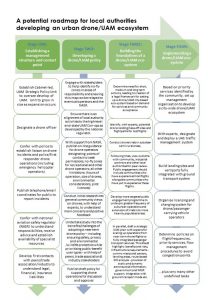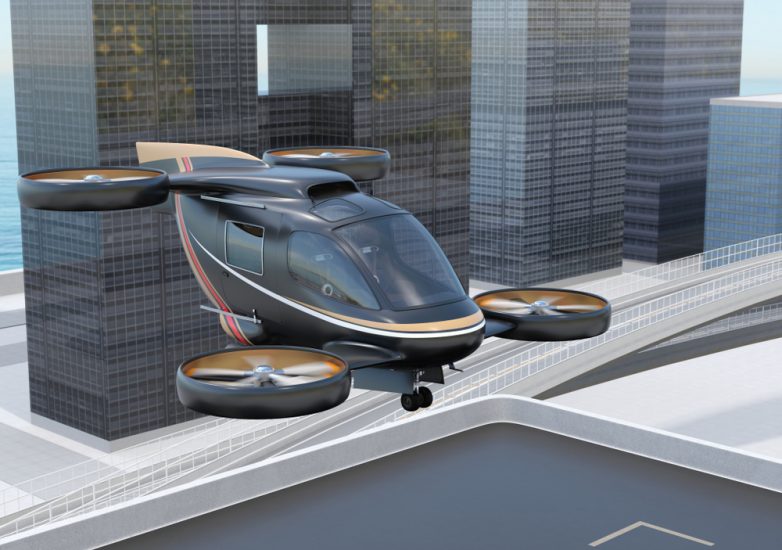The global Civic Air Transport Association (CIVATAglobal) has developed a framework for local authorities around the world which can be used as a starting point for developing drone and urban air mobility (UAM) eco-systems.
“Every city, every community is different,” said Andrew Charlton, Director General of the association, ”so every urban drone/UAM eco-system will be driven by different priorities and concerns. But what we have tried to do, working with members and knowledge partners, is to develop a set of key milestones that local authorities will need to address as they move from considering how the first drone flights should be managed to introducing a complex eco system with hundreds of autonomous vehicles flying through the urban sky.”
The new white paper “A roadmap for local authority-managed drone and urban air mobility (UAM) eco-systems” provides local authorities with a suggested high-level tool-set for industry development, building around the expressed priorities of local communities and the engagement of key stakeholders such as national aviation safety regulators and drone operators.

Early research suggests that communities are more positive towards drones once they have directly experienced drone flights overhead and the services they offer. This means that the key to unlocking community acceptance is to trial operations and then poll residents and businesses on their preferences and priorities. Once this becomes clear it will be up to the local authority – supported by legal and technical experts – in concert with drone/UAM operator and national regulator to determine the governance framework in which the eco system is built and developed.
“CIVATAglobal has identified more than 400 urban drone/UAM programmes around the world and as we collect feedback from our members – local authorities, regulators and industry – from these programmes we will adapt the document to ensure we capture the latest best-practices,” said Andrew Charlton.
According to the white paper:
“While it is essential to understand the headline risks and benefits perhaps the biggest challenge for local authorities is to understand fully the complexities, costs and time-consuming tasks they will have to undertake to prepare themselves for this imminent transport revolution. Urban planning cycles are lengthy and often require more than 10 years to plan, budget and implement major projects that impact core urban services. The technology maturity levels, standards and regulations may not be in place before 2024 to enable passenger carrying operations in electrically-powered air vehicles for most countries. But cities need to start planning now, identifying sites and designing approach and departure routes for these passenger services and cargo-carrying drone operations. When cities start to remodel their rail stations, for example, it is important to make sure UAM is part of their multi-modal future.”
For more information
https://custom.cvent.com/6A39FE9AEAAF4637BF3A865A8131485A/files/9cea7ca73d86453fbc5735d8628ddf51.pdf
(Image:Shutterstock)




